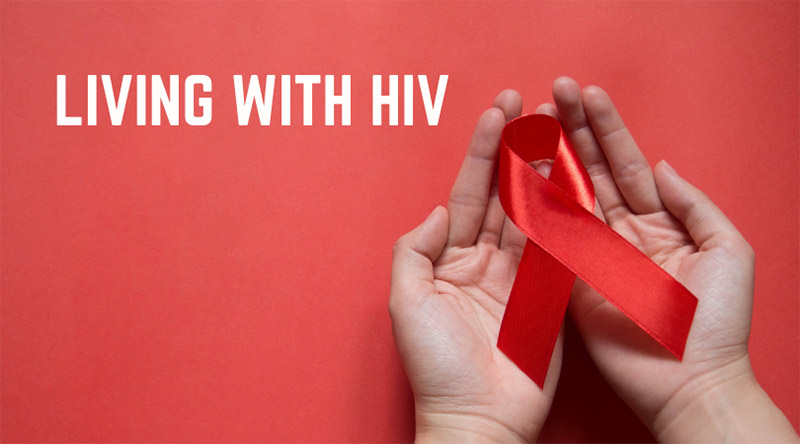Trending
Living with HIV – Living Positively With HIV/AIDS December 1st
But today, with medical advances and increased social awareness, “living with HIV” is no longer synonymous with despair. Thanks to medical advances, millions of people living with HIV are enjoying full and healthy lives. This requires a combination of rigorous medical treatment, mental health care, and community support.
Advances in medical treatment
Antiretroviral therapy (ARV) has been a major breakthrough in helping people with HIV control the amount of virus in their blood. With regular treatment, HIV can be reduced to “undetectable” levels, meaning it cannot be passed on to others – a principle known as “U=U”. Newer generation drugs also have significantly reduced side effects, allowing patients to maintain near-normal health.
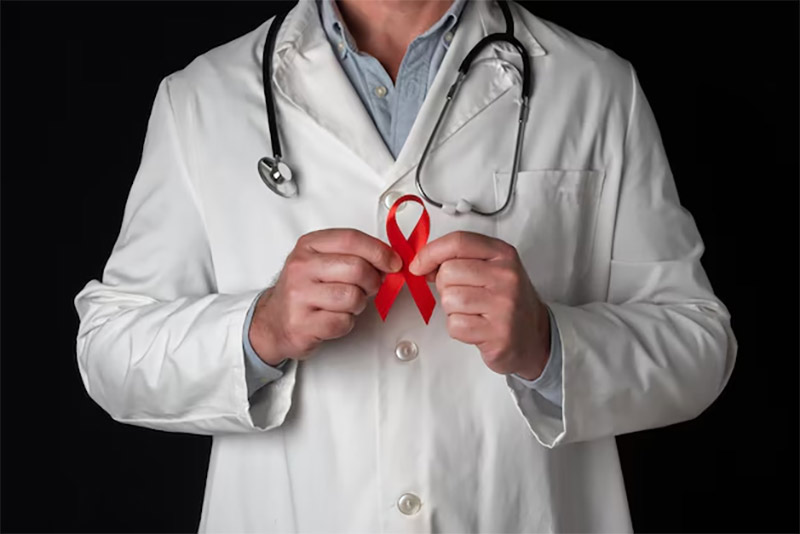
People living with HIV need to strictly adhere to treatment regimens, regularly visit medical facilities for examination and consultation, and monitor viral load and CD4 cell counts. This adherence is the foundation for preventing progression to AIDS and ensuring quality of life.
Physical and mental health
Living with HIV is not just about taking medication, but also about taking care of your body and mind. A healthy diet, regular exercise and adequate sleep help boost your immune system. Psychological support is also key, as anxiety and stigma can cause more damage than the virus itself. Many community groups, counselling programmes and support organisations have helped people regain confidence, peace and motivation.
Preventing infection and fighting discrimination
People living with HIV play an active role in the fight against HIV/AIDS. When the viral load is at U=U, the risk of transmission is almost zero. However, safe sex (using condoms) and not sharing needles are still important principles.
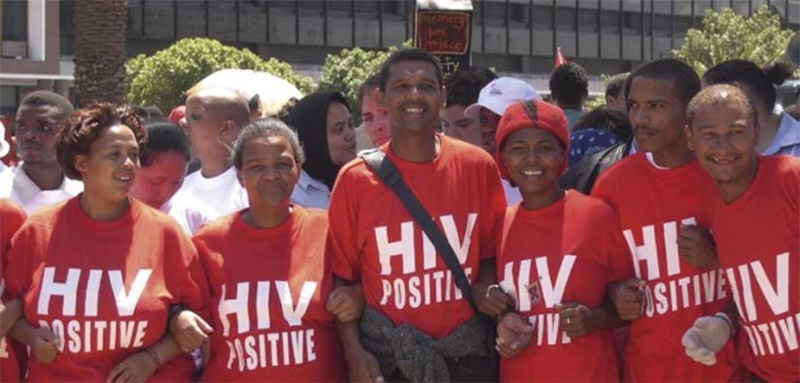
Despite the great advances in science, stigma around HIV still exists. Stigma causes many people to be reluctant to get tested, reluctant to seek treatment, and isolated from society. Therefore, community education plays an important role in eradicating fear and spreading empathy. Every story shared, every positive media campaign is a small but meaningful step on the journey to ending discrimination.
A future without HIV/AIDS
The world is moving towards the “95-95-95” target:
- 95% of people living with HIV know their status,
- 95% are on treatment,
- And 95% have an undetectable viral load.
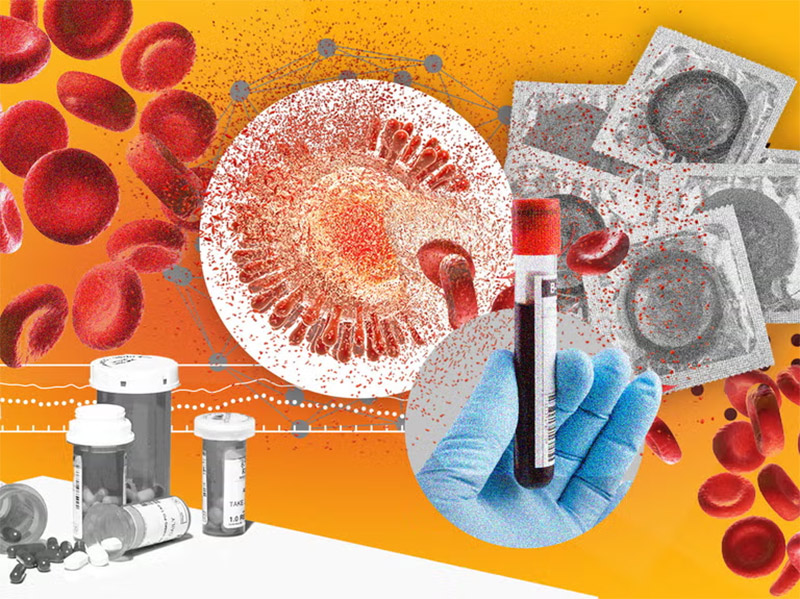
The goal of “Zero new infections – Zero deaths – Zero stigma” represents the common aspiration of humanity. When science, policy and compassion work together, a world without HIV/AIDS will not just be a dream.
Living Fully with HIV
People living with HIV today can still study, work, love and build happy families. With medical and emotional support, they give birth to healthy children, contribute to society and live like everyone else.
More importantly, they are changing public perception with their stories – proving that HIV does not define a person. They are a testament to strength, compassion and the will to live.
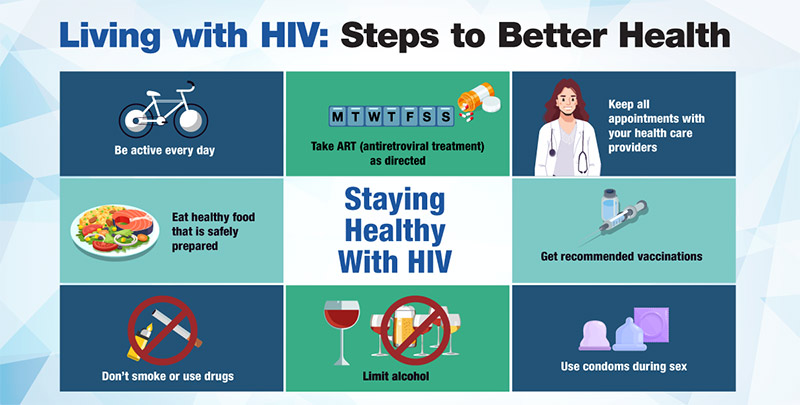
World AIDS Day
World AIDS Day is a day to raise awareness about the disease and show solidarity with people living with HIV. It is a day to remember those who have died from AIDS and to encourage people to take action to get tested, get treatment and end stigma. With the slogan “Let Communities Lead”, World AIDS Day emphasizes that only by working together can we achieve a world free of HIV/AIDS.
Live positively and inspire
Living with HIV is not a life-ending experience. People living with HIV today are not only survivors, but also inspirations to their communities. They are proof that with knowledge, belief and support, HIV does not have to take away their future. They live healthy, productive lives and live to change the world.
With the advancement of science and the support of the community, people living with HIV can fully work, build families and participate in society on an equal basis. The key is to persevere in treatment, take care of mental health and boldly integrate into society, thereby becoming active advocates in the fight against stigma and spreading messages of hope.



